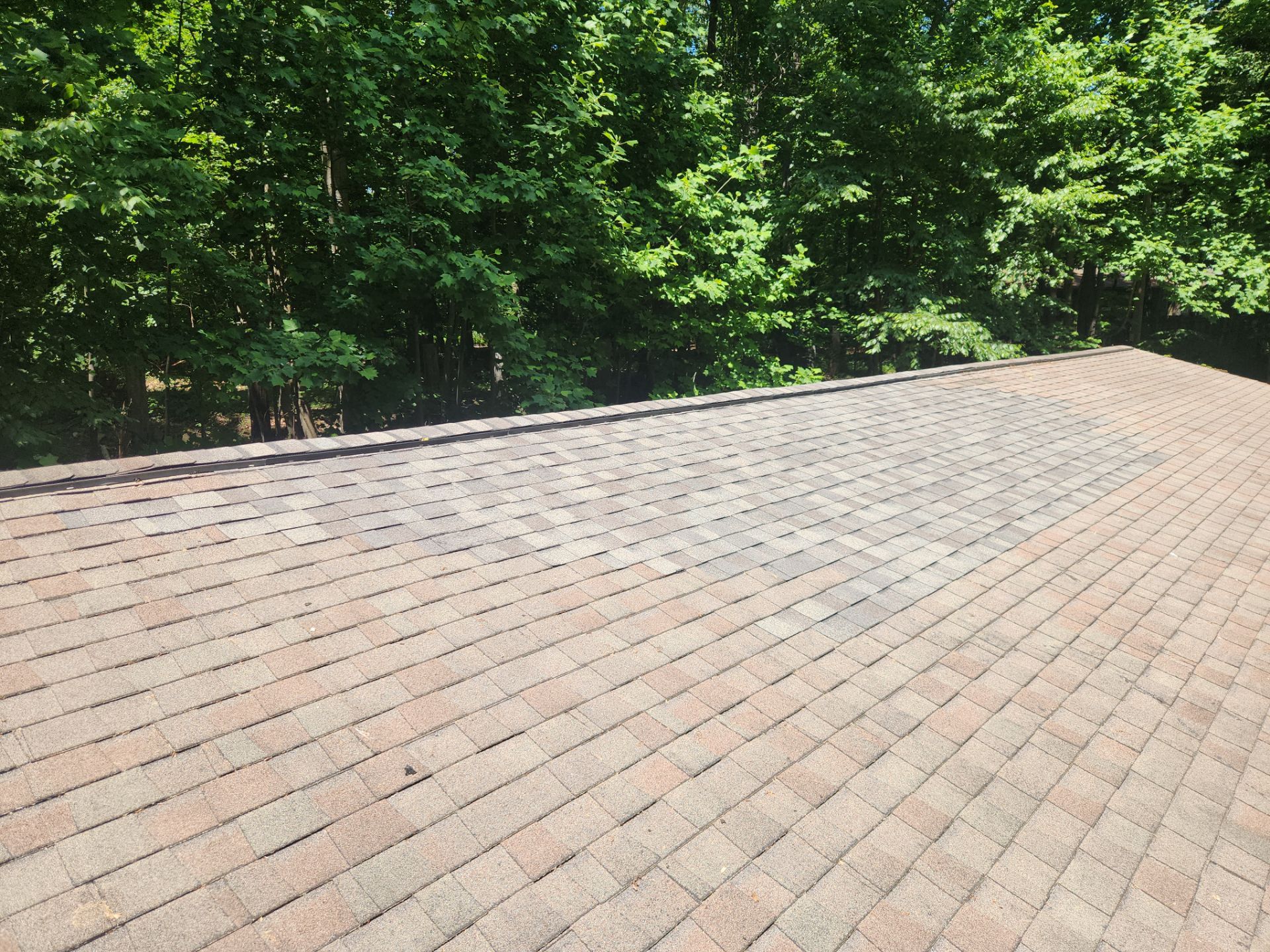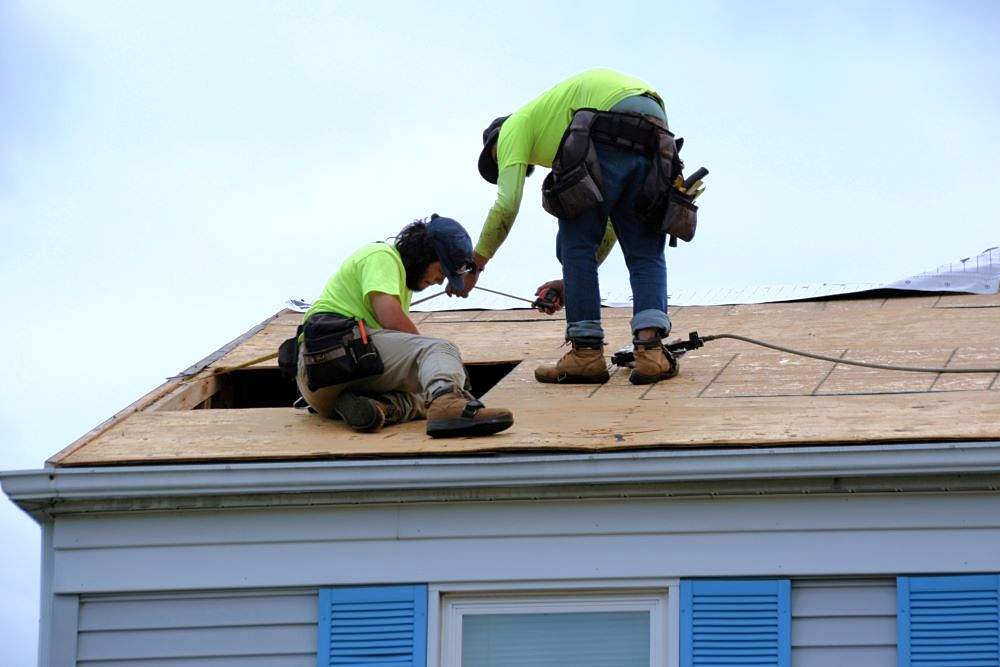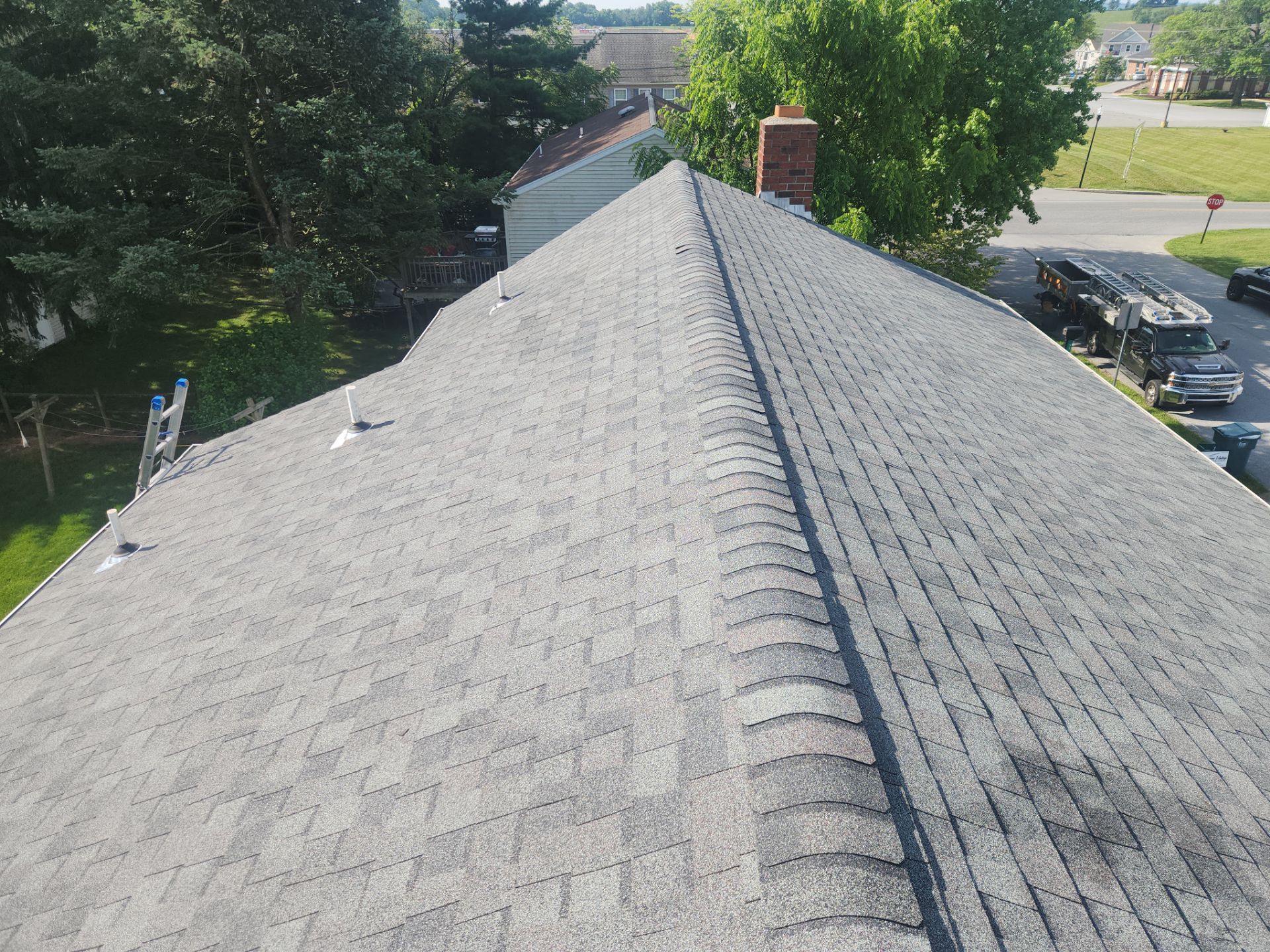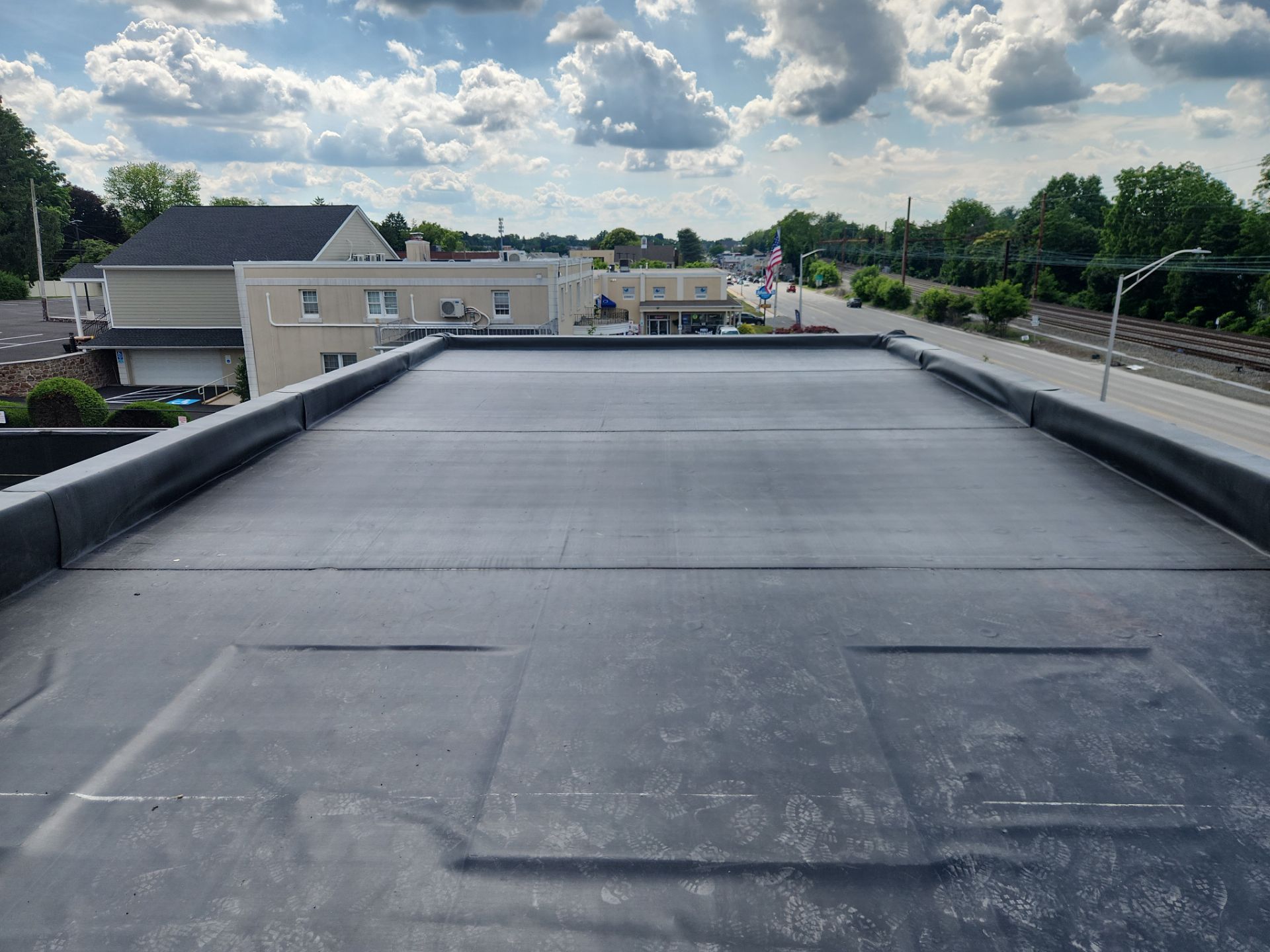Your home’s roof is an important structural component of your house, protecting everything underneath it from the elements. When made from durable materials — and with proper maintenance — you can expect it to last for decades. The average roof life span is about 30 years, but can extend to 50 years, or even longer. How long yours will last depends on several factors.
What Are Some Factors That Affect Roof Lifespan?
Roofing Materials
One of the most significant contributions to how many years you will get out of your roof is the type of roof and the materials used to make it. Choosing quality materials for a new roofing system enhances your roof’s life expectancy. For example, an asphalt roof won’t typically last as long as a metal roof.
When considering roofing options, be aware that roofs made from similar source materials often come in different quality grades. If you opt for an asphalt roof, architectural shingles have a longer life span than three-tab shingles. Likewise, aluminum is less durable than steel. Furthermore, it’s not just the roof shingles or tiles that matter. It’s also the underlayment, truss, flashing, adhesives, and other components roofers use to install a new roof.
Installation Quality
Poor installation can severely affect the lifespan of your roof. Some things to look out for in this regard can include:
- Cracked tiles or shingles
- Loose tiles or shingles
- Poor attic ventilation
- Roof leaks
These issues can often lead to other, more severe, problems, such as mold and mildew, that can become quite harmful for not only your roof, but the rest of your house as well.
Roof Maintenance
Your roof requires regular maintenance to keep it healthy. There are steps you can do on your own, but having an annual inspection done by professionals can go a long way. Identifying potential problems early can be the difference between a small fix, or a large bill.
Gutter maintenance also affects your roof. Regularly cleaning your gutters to prevent clogs will help water drain better and not build up under shingles. You could also consider installing a gutter guard to reduce cleaning frequency. If water starts to overflow from gutters, it can harm your roof, siding and even your foundation.
Roof Slope
Your roof’s slope can affect its lifespan, because it determines how quickly it sheds water and snow. On flat roofs, for example, water can pool which stresses materials and potentially shorten lifespans. In addition, the slope of your roof determines what type of shingle is most suitable to use on it.
Climate and Weather
Both your regional climate, as well as severe weather, play a part in how long your roof lasts. Abrupt temperature swings, particularly during seasonal shifts, can adversely affect your roof due to rapid expanding and shrinking of roofing materials. These temperature swings can be especially rough on asphalt shingles.
When Should I Think About Roof Replacement?
In general, there are some tell tale signs that signal when a roof is reaching the end of its life. Some of these include:
- Cracked or curled shingles
- Extensive flashing damage
- Loose or missing shingles
- Loss of granules
- Sagging roof
- Signs of significant water damage, including soffit discoloration
If you have questions or need any more information, reach out! We are here to help make your roof last as long as possible, or make the transition to a new roof as easy as it can be, should you need one.




